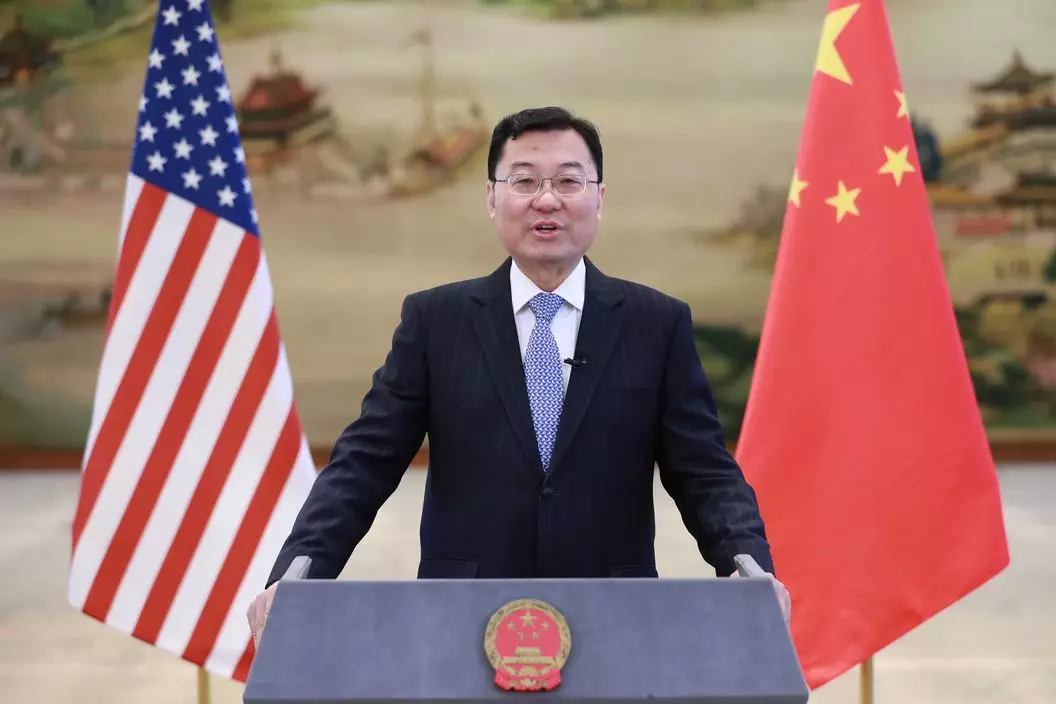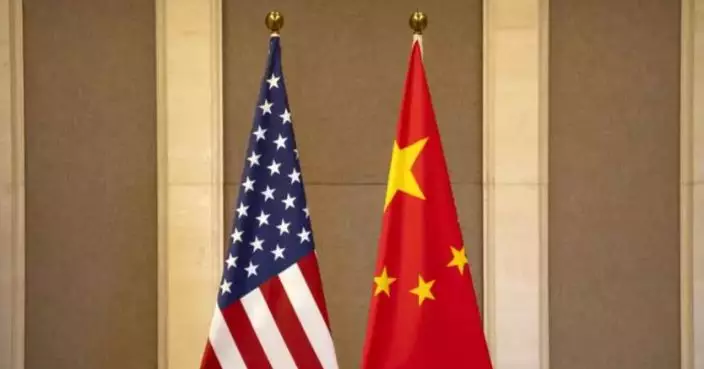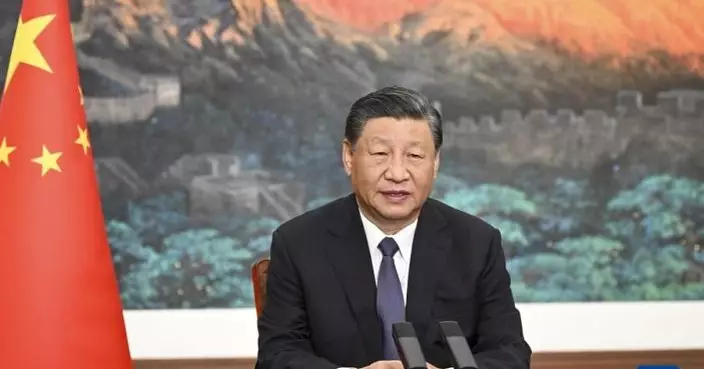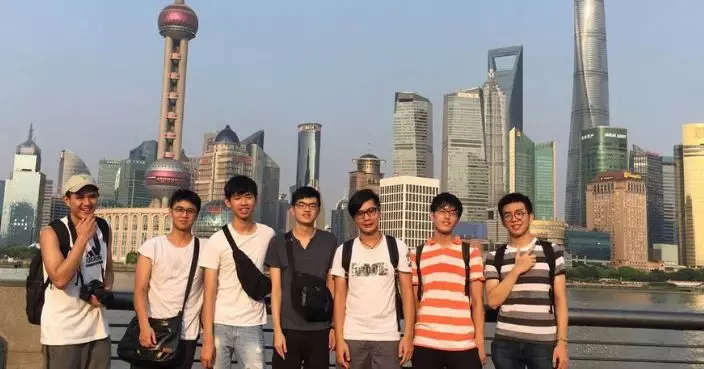開放的中國正成為人類共同探討人工智慧方向的重要地標。
中國是全球最早將5G商用服務落地的國家之一,中國的通信行業引領著全球的5G技術趨勢。截至9月初,華為在全球範圍內已獲得50多個5G商用合同,與世界共享中國的創新成果。
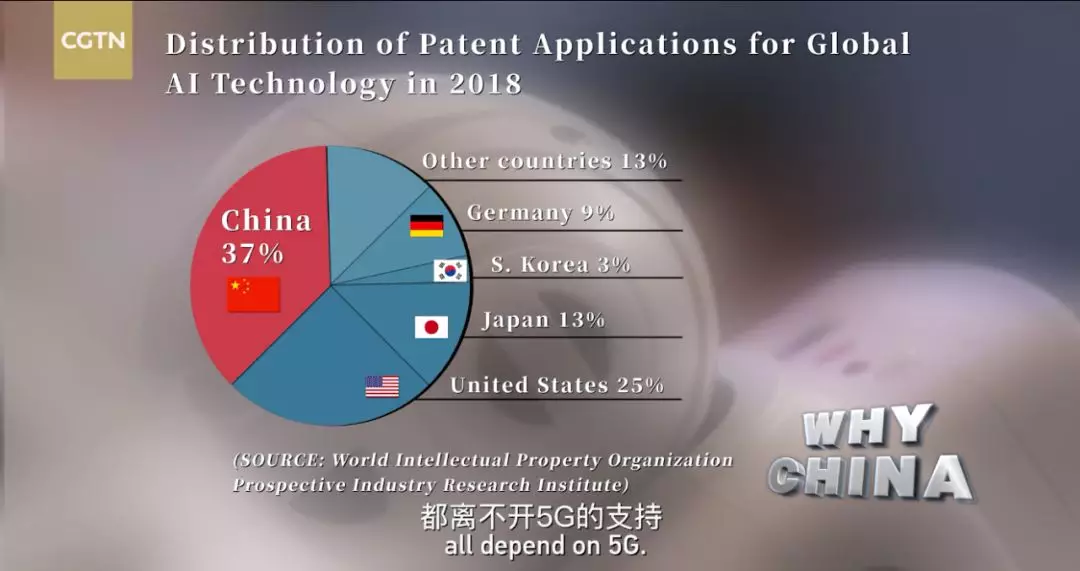
5G帶來的不僅是更快的速度和海量的數據,它還是驅動人工智慧技術的有力引擎——工業互聯網、物聯網、車聯網等人工智慧應用場景都離不開5G的支持。在轉變發展方式、優化經濟結構、轉換增長動力的攻關期,中國迫切需要新一代人工智慧等重大創新添薪續力。
中國為什麼能在人工智慧的全球競爭中佔據優勢?請點擊上方視頻觀看「中國為什能」之“人工智慧”篇。
AI research is increasingly gaining traction in a growing number of countries because AI is thought to be the foundation of next generation technology。 A lot of hinges on AI development: competitiveness of companies, increase in industrial productivity, protection of national security and solving social challenges.5G, which is expected to support various kinds of AI applications in the future, is also one of the hottest and most competitive fields today。 China, without a doubt, has a leg up on other countries, after a number of European nations adopted its standard and technology as their first choice in 5G deployment。
人工智慧技術大有前景2019年,美國科技智庫數據創新中心發佈的報告顯示,在數據和商業化應用方面,中國有32%的企業應用人工智慧,而美國和歐盟分別為22%和18%。

以圖像識別、物體跟蹤和無人駕駛等為代表的人工智慧技術正滲透進中國各行各業。
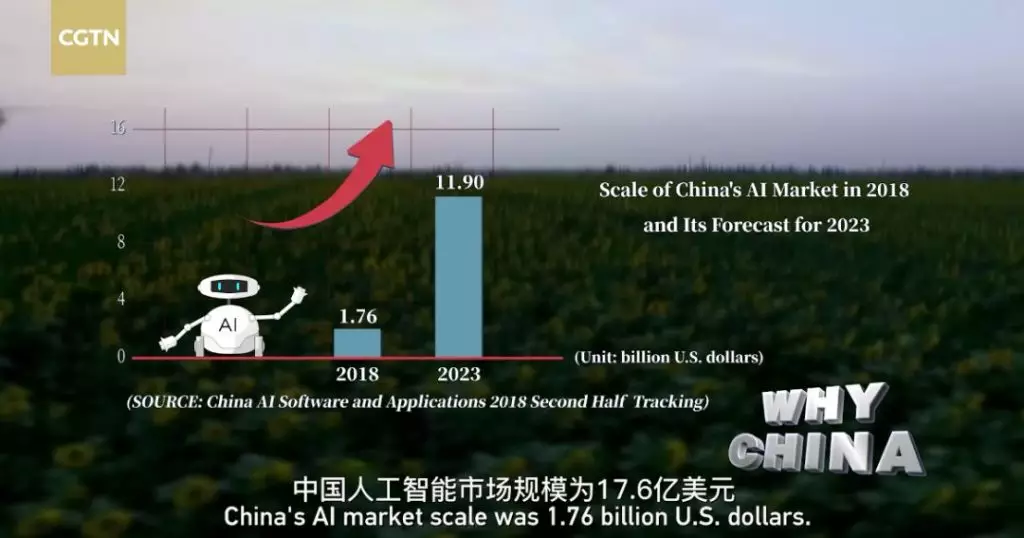
2018年,中國人工智慧市場規模為17.6億美元,預計到2023年,這一規模將達到119億美元。中國擁有世界規模最大的高鐵列車系統,它是人工智慧技術與傳統列車技術的結合,可以每秒處理數十萬業務量,每小時處理數百萬客流量的數據。
Thirty-two percent of the Chinese firms have successfully adopted Artificial Intelligence (AI) into their business process, followed by the United States (22 percent) and the European Union (estimated 18 percent), according to a 2019 report from U.S。-based think tank Center for Data Innovation (CDI)。China‘s AI market will reach 11.9 billion U.S。 dollars by 2023, up from 1.76 billion U.S。 dollars in 2018, according to IDC’s latest report in May。
中國將發展人工智慧、5G上升至國家戰略在2019中國國際智能產業博覽會上,工業和信息化部人才交流中心發佈了《人工智慧產業人才崗位能力標準》,顯示在高端尤其是頂尖人才方面,中國與發達國家依然有較大差距,中國人工智慧產業人才將迎來百萬級缺口。

2017年,中國政府在 《新一代人工智慧發展規劃》中提出,到2030年,中國的人工智慧理論技術與應用總體將達到世界領先水平,中國將成為世界主要人工智慧創新中心。2019年中國《政府工作報告》提出,要打造工業物聯網平台,為製造業轉型升級賦能。工業物聯網通過智能機器間的連接,把人、數據和機器連接起來,讓世界更快速、更安全、更清潔且更經濟。
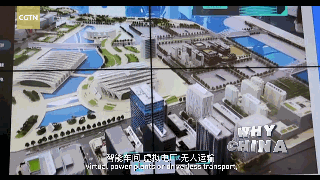
在2019世界人工智慧大會上,中國長三角G60工業物聯網創新應用體驗中心建設啟動,中國工業智能的腳步正在不斷加快。
China‘s strategy for the cutting-edge technologies was set several years ago under the framework of the 「13th Five-Year Plan」 (2016-2020) and “Made in China 2025,” two state-level initiatives supporting the country’s technology innovation。
After losing the battleground in the 1G and 2G eras, playing catch-up in 3G and 4G mobile technologies, China has been invested in the development of the 5G network to be a leading innovator.In 2013 when the Ministry of Industry and Information Technology (MIIT), along with the National Development and Reform Commission (NDRC) and the Ministry of Science and Technology, jointly founded the IMT-2020 (5G) Promotion Group, companies, telecom operators and tech researchers teamed up with peers from the U.S。, Europe, Japan, and South Korea to push forward the formulation of a global unified 5G standard。

In 2017, Chinese Premier Li Keqiang highlighted 5G as one of the emerging industries to be accelerated in his government work report。 The same year, the MIIT issued the 5G Development Guidance document to make 5G an important infrastructure for China‘s economic and social development。
「Chinese operators see their job as implementing government policy, whereas most global telecom companies try to balance competitive factors and will naturally invest at a slower pace,」 Chris Lane, a research analyst for investment management firm Sanford C。 Bernstein, told the MIT Technology Review。
人工智慧發展面臨挑戰,但未來可期
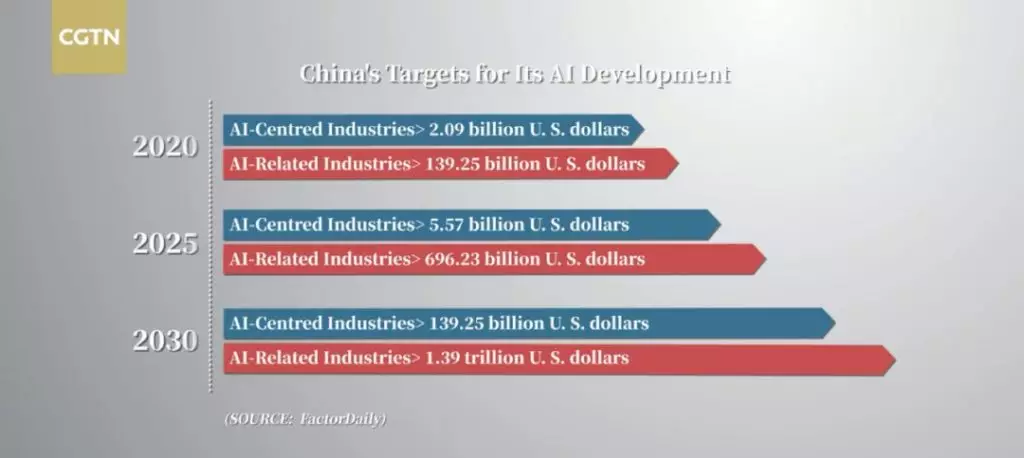
未來十幾年,人工智慧領域將出現新一代訓練有素的技術人員、科學家和研究人員,但是中國仍然需要提高創新能力。人工智慧作為一個新興領域,面臨著一系列挑戰,還有許多基礎性的科技難題沒有突破。但它的深遠影響必將體現在經濟發展、社會進步和全球治理等方面。中國高度重視創新發展,把新一代人工智慧作為推動科技跨越式發展、產業優化升級、生產力整體躍升的驅動力量。
China has already invested over 100 billion U.S。 dollars in 4G from 2013 to 2018, according to Goldman Sachs, and is expected to invest another 150 billion U.S。 dollars in its 5G network through 2025.The domestic AI industry has attracted 60 percent of all global investment from 2013 to the first quarter of 2018, a report from Tsinghua University shows。 In addition, the MIIT plans to allocate 950 million U.S。 dollars annually to fund strategic AI projects.But from a comprehensive perspective, China still lags behind in terms of AI basic research, talent pool and hardware development – though this is set to change。
開放的中國正成為全球人工智慧企業的「樂園」,也將成為人類共同探討人工智慧方向的重要地標。



